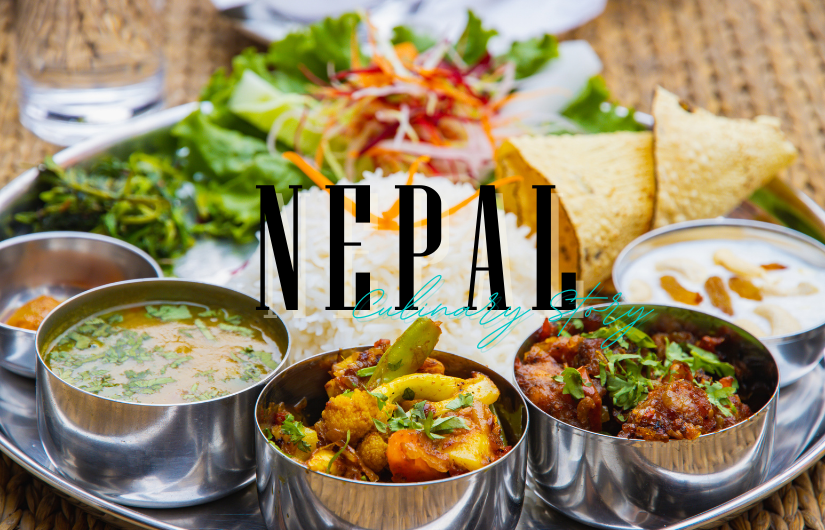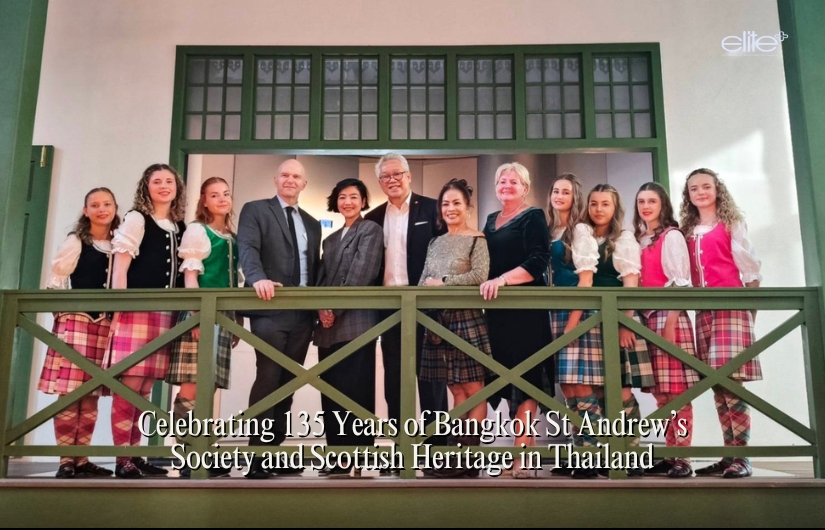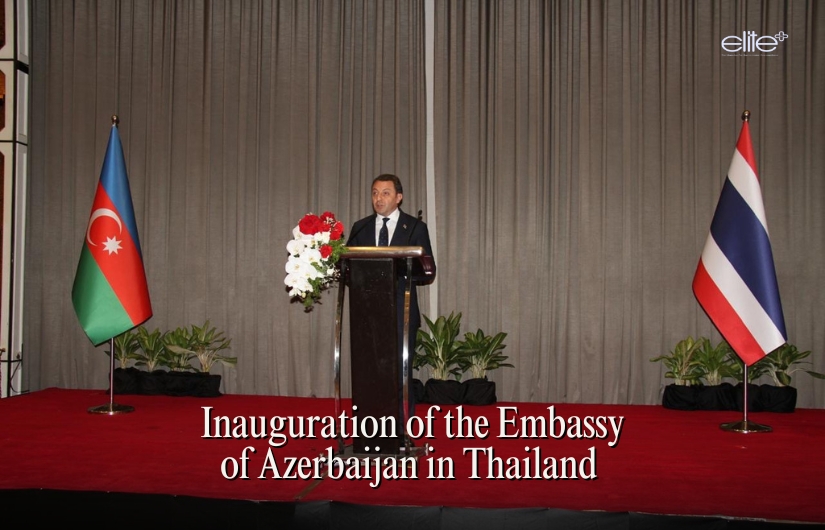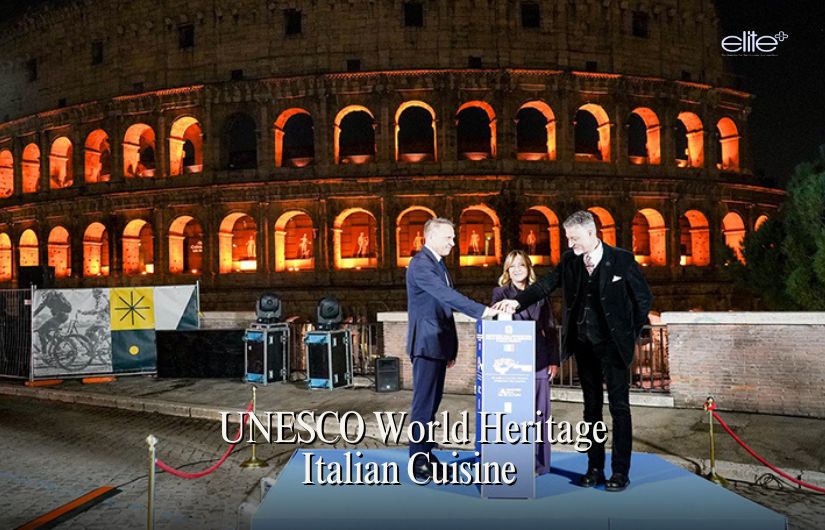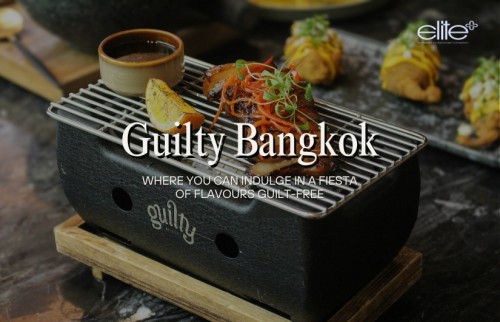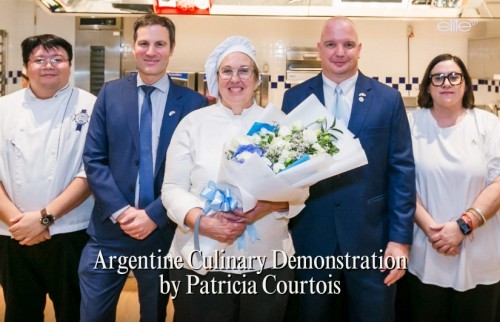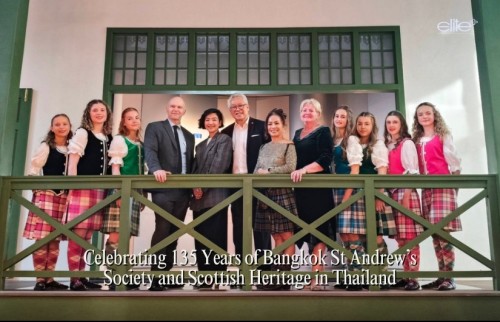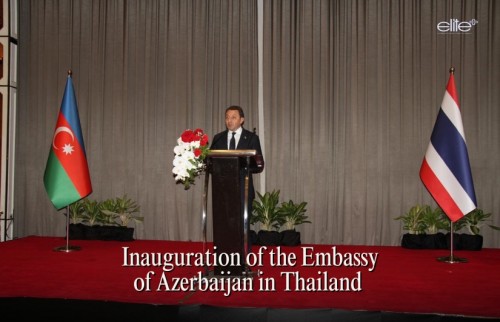Nepal Culinary Story
By Kathleen Pokrud
Nepal is the oldest country in South Asia and among the oldest in the world. Nepali cuisine is diverse with flavourful dishes due to its rich history, geographical differences and ethnic diversity. I sat down with the Ambassador of Nepal, H.E. Dhan Bahadur Oli, to learn about the food culture in Nepal.
Ambassador Oli began, “The history of Nepal dates back to time immemorial. Name of ‘Nepal’ as a country is mentioned in many old scripts of oriental civilizations. Many civilizations like Buddhism, Shaivism, Kirat, Bonpo, and Mithila were founded in Nepal and the surrounding area. The birthplace of Mother Sita, the consort of Lord Rama, and the capital city of Maharaja Janak (the Rajarishi King of Mithila) well preserved as World Heritage Sites in Nepal, and Janakpur is still thriving with its rich cultural legacy. Similarly, the world-renowned historical sites of Pashupatinath Temple, Swayambhunath, and Baudhanath from the BC era are the testaments to comprehending the history of Nepal.
As the birthplace of numerous ancient civilizations, including the Khas, Kirat, Bonpo, Maithili, and many more, Nepal currently has a diverse population of about 125 ethnic groups speaking 125 different languages and dialects. Similarly, Nepal has three distinct geographical regions, ranging from extremely low land 60 meters above sea level to Mount Sagarmatha, also known as Everest, which is the highest point in the world at 8,848.56 metres. Geographically, Nepal can be divided into three different climatic zones: the low land, which is subtropical; the middle region, which is mountainous with big valleys; and the upper region, which is Alpine and belongs to the Himalayan zone.”
_1761293977.jpg)
Against these backdrops, Ambassador Oli explained how it became easier to understand Nepali cuisines. “Each climatic zone has variations in temperature, grain production, food habits, and calorie requirements. Similarly, ethnic groups have different food habits, influenced by their culture and beliefs. The staple foods of the southern region of Nepal are rice, fish, meat, dal, and green vegetables. The central region of Nepal, which is mountainous, has a culture that is a fusion of that of the northern and southern regions. Bread, meat, and potatoes are regarded as staple foods up in the Himalayas. Additionally, the majority of these dishes have their origins in some parts of Nepal. With the advancement of that civilization, the food practices spread throughout the nation and abroad. Since Nepal has maintained its independence throughout its history, foreign influences on its cuisine and culture are relatively minimal. Nepal, often known as Shangri-La, remained closed to the outside world for a very long period of time.”
He went on, “Nepal began to market itself as a travel destination only after the 1990s. In a very short span of time, the country became known as an attractive destination for adventure and culture. Due to the rise in tourism, Nepali cuisine, in particular Dal-Bhat-Tarkari and MoMos, the localized form of Tibetan dumplings, has become well-known throughout the world.”
_2090253068.jpg)
Ambassador Oli clarified further on the food culture in Nepal, “The main staple food in Nepal is called Dal-Bhat-Tarkari, which consists of lentil soup, rice, and green vegetables. This dish is typically eaten twice a day, in the morning and the evening, by most Nepali families. However, the dish might be different in Nepal based on the climate zone or the ethnic and cultural group. In the southern part of Nepal, the most popular staple foods are fish and poultry, while in the upper part of the country, near the Himalayas, the most popular foods are mutton, bread, and potatoes. The central region of Nepal, which is hilly and valley-like, combines elements of its northern and southern culinary traditions.
However, there are now more foreign restaurants and eateries in Nepal that serve their specialty dishes in Kathmandu and many other cities. These developments have some influence on the country's cuisine. Lighter meals or snacks such as bread with meat or vegetables, MoMos, chow mein (made with homemade noodles), and tea, are consumed during the day.”
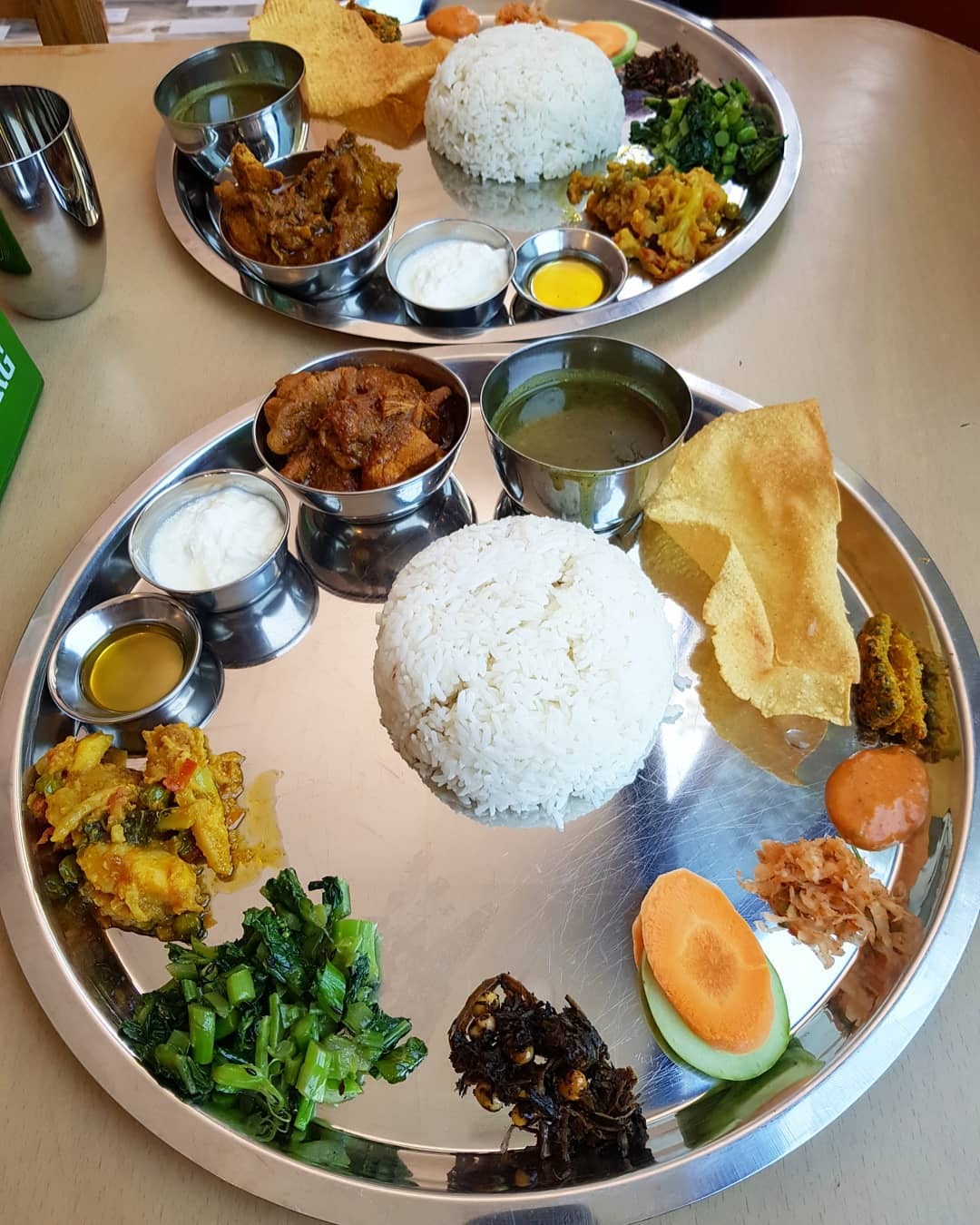
Looking at the traditional style of Nepali cuisine, Ambassador Oli reiterated that cuisines in Nepali society are mainly based on ethnic cultures. “The Thakali Thali set, which is served traditionally in brass plates, bowls, and glasses with typical Thakali decoration, is one of the most popular traditional food styles in Nepali society.
Similarly, Newari khana, a typical dish of the Newar ethnic group in Nepal, is another Nepali ethnic food that is prepared and served in the very traditional way, which is primarily found in cities like Kathmandu, Lalitpur, and Bhaktapur, commonly known as Kathmandu Valley. Similarly, Khas, Kirat, Tamu, Magar, Tharu, and Maithili communities have their own traditional food style. Nepali cuisines are also closely linked with its cultural celebrations and festivals such as Teej, Dashain, Tihar, Lohsar, Udhauli-ubhauli, Maghi, Yomari Punhi, and Jatras. All the festivities in Nepal are known for their distinctive cuisines and beverages in Nepali societies.”
_2117237660.jpg)
According to Ambassador Oli , the key representative Nepali dishes are Dal-Bhat-Tarkari,Chutney, and varieties of meat dishes such as mutton curry. He admitted that there have been some changes in Nepali cuisine over the years. “However, the basic ingredients, spices, and cooking methods of the staple foods have remained the same. Over time, numerous new ingredients such as appetisers, titbits, snacks, and sweets have been added to Nepali cuisine. Noodles, MoMos (types of dumplings), readymade foods, and beverages have all gained popularity in Nepali cuisine in recent years. Nevertheless, Dal-Bhat-Tarkari-Achar and meat still hold a central place in Nepali cuisine.”


